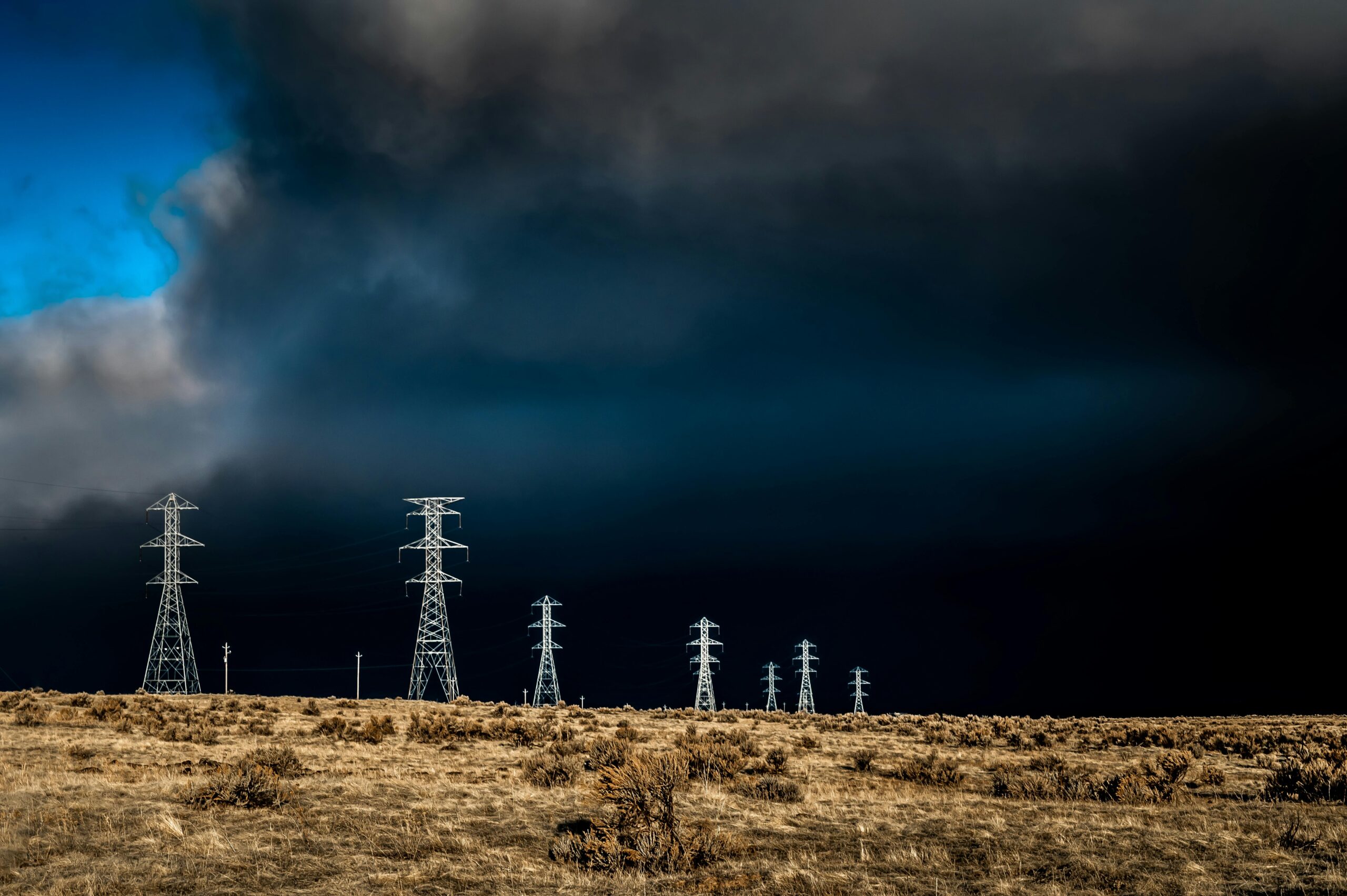India is grappling with a significant resurgence of COVID-19 cases in June 2025, with active infections surpassing 4,000, raising alarms among health officials and the public. This spike, driven by new variants and waning immunity, has prompted enhanced healthcare preparedness and renewed calls for public vigilance. Below is a detailed, SEO-friendly breakdown of the current situation, covering active cases, state-wise data, variants, healthcare measures, government responses, and safety guidelines to keep you informed and prepared.

Overview of the COVID-19 Surge in India
As of June 5, 2025, India’s active COVID-19 cases have surged to 4,866, according to the Ministry of Health and Family Welfare (MoHFW). This marks a sharp rise from 257 cases reported on May 22, 2025, reflecting a tenfold increase in just over two weeks. The surge is attributed to highly transmissible Omicron sub-variants, including NB.1.8.1, LF.7, XFG, and JN.1, which are less severe than earlier strains but adept at evading immunity. Despite the uptick, hospitalisation rates remain low, with most cases managed through home care. The government is emphasizing preparedness and urging citizens to adopt COVID-appropriate behavior to curb the spread.
Key Points:
- Active cases: 4,866 as of June 5, 2025.
- Tenfold increase from 257 cases on May 22, 2025.
- Driven by Omicron sub-variants: NB.1.8.1, LF.7, XFG, and JN.1.
- Low hospitalisation rates; most cases are mild.
- Government focus: Enhanced healthcare readiness and public awareness.
State-Wise Breakdown of Active Cases
The surge is uneven across India, with certain states reporting higher case loads. Below is a detailed state-wise breakdown of active cases and recent developments as of June 5, 2025:
1. Kerala:
Active cases: 1,487.
New cases (last 24 hours): 43. Deaths (last 24 hours): 1 (80-year-old male with severe pneumonia, diabetes, and hypertension).
Notes: Kerala leads due to robust testing and surveillance. High case numbers reflect proactive detection.
2. Delhi:
Active cases: 562.
New cases (last 24 hours): 64. Deaths (last 24 hours): 2 (71-year-old male with pneumonia and acute kidney injury; 22-year-old female with lung condition).
Notes: Significant single-day spike; increased monitoring in the capital.
3. Maharashtra:
Active cases: 526.
New cases (June 3): 86.
Deaths (last 24 hours): 3 (two in Chandrapur, one in Miraj; victims had COPD, cardiac issues, diabetes, and hypertension).
Notes: Mumbai reported 26 new cases; state remains a key hotspot.
4. Gujarat:
Active cases: 508.
New cases (last 24 hours): 108. Deaths (last 24 hours):
Notes: Emerging hotspot linked to NB.1.8.1 variant.
5. West Bengal:
Active cases: 538.
New cases (last 24 hours): 60.
Notes: Steady rise contributing to national tally.
6. Karnataka:
Active cases: 436.
New cases (last 24 hours): 112. Deaths (last 24 hours): 2 (including a 63-year-old male with septic shock and comorbidities).
Notes: Notable increase in infections.
7. Uttar Pradesh:
Active cases: 198.
New cases (last 24 hours): 63. Deaths (last 24 hours): 1 (23-year-old male with comorbidities).
Notes: Moderate rise in cases.
8. Rajasthan:
Active cases: 103.
Notes: Smaller but notable increase in infections.
9. Other States:
Haryana: 18 new cases.
Tamil Nadu: 199 active cases.
Notes: Smaller contributions to the national surge but under watch.
Key Points:
Kerala, Delhi, Maharashtra, and Gujarat are the primary hotspots.
Robust testing in Kerala drives higher case detection.
Localized strategies needed to address regional variations.
New Variants Driving the Surge
The current wave is fueled by four Omicron sub-variants: NB.1.8.1, LF.7, XFG, and JN.1. These variants are highly transmissible and capable of partial immune evasion, infecting individuals with prior immunity from vaccines or infections. According to Dr. Rajiv Bahl, Director General of the Indian Council of Medical Research (ICMR), genome sequencing from western and southern India shows these variants cause milder symptoms compared to earlier strains. The World Health Organization (WHO) reported on May 28, 2025, that global SARS-CoV-2 activity has been rising since mid-February, with an 11% test positivity rate in South-East Asia.
Key Points:
Variants: NB.1.8.1, LF.7, XFG, JN.1 (all Omicron sub-variants).
Characteristics: High transmissibility, partial immune evasion, milder symptoms.
ICMR findings: No association with severe illness.
WHO data: Global rise in cases, 11% positivity rate in South-East Asia.
Healthcare Preparedness and Government Response

The Union Health Ministry is taking proactive steps to manage the surge, focusing on infrastructure and public health measures. Key actions include:
1. Hospital Preparedness:
States directed to ensure availability of oxygen, isolation beds, ventilators, and essential medicines.
Mock drills conducted on June 4, 2025, to test oxygen supply systems, PSA plants, LMO tanks, and MGPS.
Additional drills planned to maintain readiness.
2. High-Level Meetings:
Technical review meetings held on June 2 and 3 under Dr. Sunita Sharma, Director General of Health Services.
Attendees: Disaster Management Cell, EMR Cell, NCDC, ICMR, IDSP.
Focus: Assessing situation and preparedness.
3. Public Health Guidelines:
Emphasis on COVID-appropriate behavior: mask-wearing, social distancing, hand hygiene.
Former WHO chief scientist Soumya Swaminathan recommends flu vaccinations for vulnerable groups and limiting non-essential outings for seniors and pregnant women.
4. Genome Sequencing:
Ongoing efforts to track variants and monitor mutations.
Data from western and southern India informs response strategies.
Key Points:
Robust healthcare infrastructure from previous waves supports current response.
Mock drills ensure oxygen and equipment readiness.
Public urged to follow safety protocols.
Genome sequencing tracks variant spread.
Death Toll and Severity
Since January 1, 2025, India has recorded 44 COVID-19-related deaths, with seven in the last 24 hours as of June 5. Fatalities primarily involve individuals with comorbidities like diabetes, hypertension, and respiratory issues. Notable cases include:
Delhi: 71-year-old male (pneumonia, acute kidney injury); 22-year-old female (lung condition).
Maharashtra: Three deaths (70-year-old and 73-year-old females with diabetes, hypertension; one with COPD, cardiac arrhythmia).
Karnataka: 63-year-old male (septic shock, comorbidities).
Kerala: 80-year-old male (severe pneumonia, diabetes, hypertension, coronary artery disease).
Tamil Nadu: 25-year-old male (bronchial issues).
Uttar Pradesh: 23-year-old male (comorbidities).
Despite the rise, the fatality rate remains low, and most infections are mild. Since January, 3,281 patients have recovered, with 581 recoveries in the last 24 hours as of June 4.
Public Sentiment and Social Media Reactions
Posts on X highlight public concern over the rapid rise from 257 to over 4,000 cases in just over a week. Users note low hospitalisation rates and mild symptoms but call for stricter measures like mandatory mask-wearing in crowded areas. Health officials emphasize vigilance without panic, aligning with MoHFW statements urging calm and adherence to guidelines.
Symptoms and Variants
The current variants cause mild symptoms, including:
Fever
Diarrhea
Hoarseness
Fatigue
These are commonly reported in OPDs across India. Severe respiratory distress is rare, and most patients recover with home care. The NB.1.8.1 variant is particularly transmissible but not linked to severe outcomes.
Global Context
India’s surge aligns with rising COVID-19 activity in South-East Asia, including Singapore, Hong Kong, and Bangkok. The WHO’s 11% test positivity rate underscores a regional trend driven by similar Omicron sub-variants. International cooperation remains key to tracking and managing the virus.
Preventive Measures for the Public
To curb the spread, individuals should adopt these measures:
1. Wear Masks: Use N-95 or surgical masks in crowded indoor settings or public transport.
2. Maintain Hygiene: Wash hands frequently; use sanitizers when soap is unavailable.
3. Social Distancing: Avoid crowded places; maintain 1-meter distance.
4. Vaccination: Ensure booster shots are up to date, especially for vulnerable groups.
5. Avoid Non-Essential Travel: Limit travel to high-risk areas, particularly for seniors and pregnant women.
6. Monitor Symptoms: Seek medical advice for fever, cough, or fatigue; isolate to prevent spread.
Key Points:
Masks, hygiene, and distancing are critical.
Boosters recommended for vulnerable populations.
Early symptom monitoring prevents spread.





